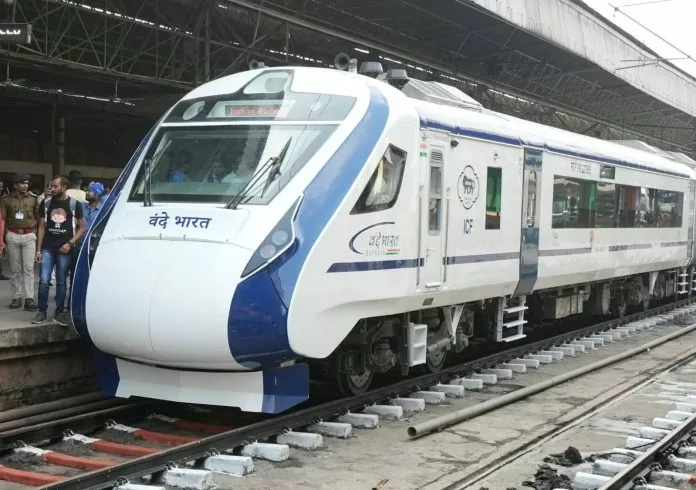
Sleeper Vande Bharat: Vande Bharat trains, which started five years ago, have been a great success. Now Indian Railways is preparing to launch the sleeper version of Vande Bharat. Through this, people will be able to travel comfortably while sleeping on long routes. Till now passengers travel sitting in Vande Bharat chair car. Railway Minister Ashwini Vaishnav has recently given great news about Vande Bharat Sleeper and Vande Metro trains. He has told that these trains have now reached the testing stage.
Railway Minister Ashwini Vaishnav was talking about the budget presented by Finance Minister Nirmala Sitharaman recently. According to a News18 report, during this time he told the media that 50 new Amrit Bharat trains have also been approved. He said, “Sleeper Vande Bharat and Vande Metro have now reached the testing stage.” Along with this, he also told that the production of Vande Bharat trains has come down to ten days or one train a week. According to reports, Sleeper Vande Bharat can start by August 15. Sleeper Vande Bharat with 16 coaches has a capacity of 823 passengers.
He further said that Amrit Bharat was launched in January and for any new train, at least one is kept for testing. 50 Amrit Bharat trains have been approved. Work has started. These are completely non-AC trains. Out of 22 coaches, 11 are sleeper and 11 are general. At present, Amrit Bharat trains are being run on some routes.
'Railways to add 250 new suburban services in Mumbai in next five years'
The Railway Minister also informed that the Railways is planning to add 250 new suburban services in Mumbai in the next five years, revamp the rail network and build new mega terminals to ease rail travel in the country's financial capital. Railway Minister Ashwini Vaishnav said in a press conference that the Railways is planning to redesign the suburban network to reduce the 'cross movement' of trains as part of efforts to improve transportation in Mumbai and its suburban areas. The minister said that the Railways is also planning to implement new technologies to reduce the distance between two trains from the current 180 seconds to 150 seconds.
 look news india
look news india